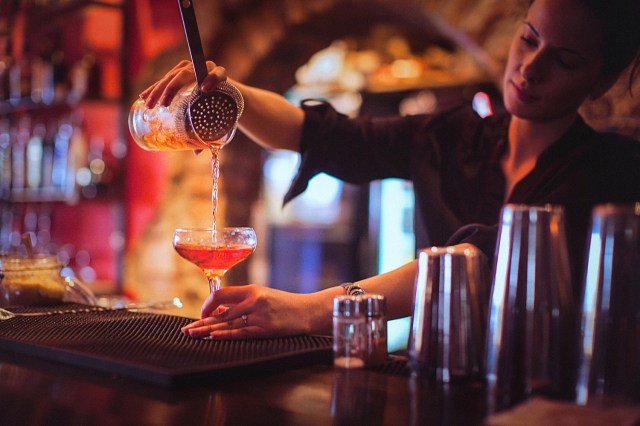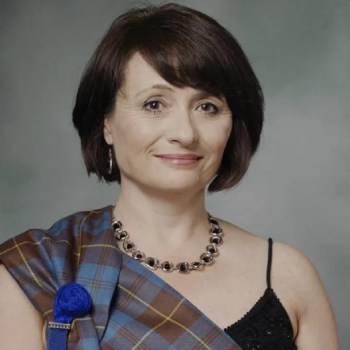Last week, we brought you the first part of our chat with Brown-Forman Master Blender, Dr Rachel Barrie, who has long been an advocate for more female representation and inclusion in the whisky industry and across the wider drinks industry in general.
After speaking to Dr Rachel about this topic, I felt it deserved to stand on its own rather than be part of the larger story we brought you last week.
When asked how she felt about the levels of female representation in the industry now, Dr Rachel told Bars and Clubs: “There’s always room for improvement, but I think it is great that we have a lot more female Master Blenders now, a lot more female bartenders and at every single touch point the industry has a huge amount of diversity now. And this is great because the consumer is very diverse and here in Australia, it’s around 40 per cent female drinking whisky, which is incredible.”
Elaborating on this, Dr Rachel said: “With any food and drink it’s about flavour, it’s about taste so as soon as you break down any biases, it’s just a wonderful, delicious product to enjoy.
“Back in the eighties there was very little single malt being sold, most of the malt whisky being sold went into the blends. That has gradually changed and blended Scotch is not doing as well and single malt is rising, and that is arguably a factor.
“A lot of people were put off by the blended Scotch because it wasn’t as interesting, the flavour profile was not as interesting, not as diverse, so single malt is what is bucking the trend, because it’s fine, it’s rich, it has got complexity, there’s stories, there’s provenance – all that good stuff which consumers enjoy.”
She added: “We also have more diverse ways of describing whisky now, and we just used to have tall, round bottles with a label on it and you had no idea what was inside it. But now, there’s more engagement, even through bartenders describing the whisky to you. And when you see the Glenglassaugh bottle, it’s got swirls, ripples and waves, it’s very beautiful, it stands out and is more engaging and there’s more descriptions now.
“There’s no dubiety, you don’t need to be in a special club to work out what it might be like. We’re saying clearly ‘it’s a coastal malt, it’s sweet and salty’ so when it’s about flavour you are just going to bring in a wider demographic and then of course when they taste it, we have put a lot of effort into finessing the taste to bring out the sweetness.”
There are other factors that have helped make whisky more open and accessible, as Dr Rachel explained: “There’s been advancements and investments in packaging, maturation that have really helped make the liquid itself the most delicious it has ever been and that’s just going to bring more people in.
“And cocktails as well, it’s no sacrilege to put ice in your single malt, highballs are great and bartenders are making delicious drinks that really bring out some of the flavours in the liquid.
“The emerging drinkers have a lot more rich and diverse tastes than my generation, and there’s more curiosity and people want to experience more flavours and that’s happening in whisky.
“We put more attention into the whisky and there’s more nurturing of the spirit now. Decades ago because a lot of the spirit was going into blended Scotch there wasn’t as much care or focus on things like wood quality. If you’re going to create the finest single malt Scotch then you have got to put it into the finest wood and that just brings out the best in the liquid and makes it the crème de la crème.
“The industry is just much more open and it’s a wonderful revolution.”
It is great to see, but there is definitely always room for improvement.


